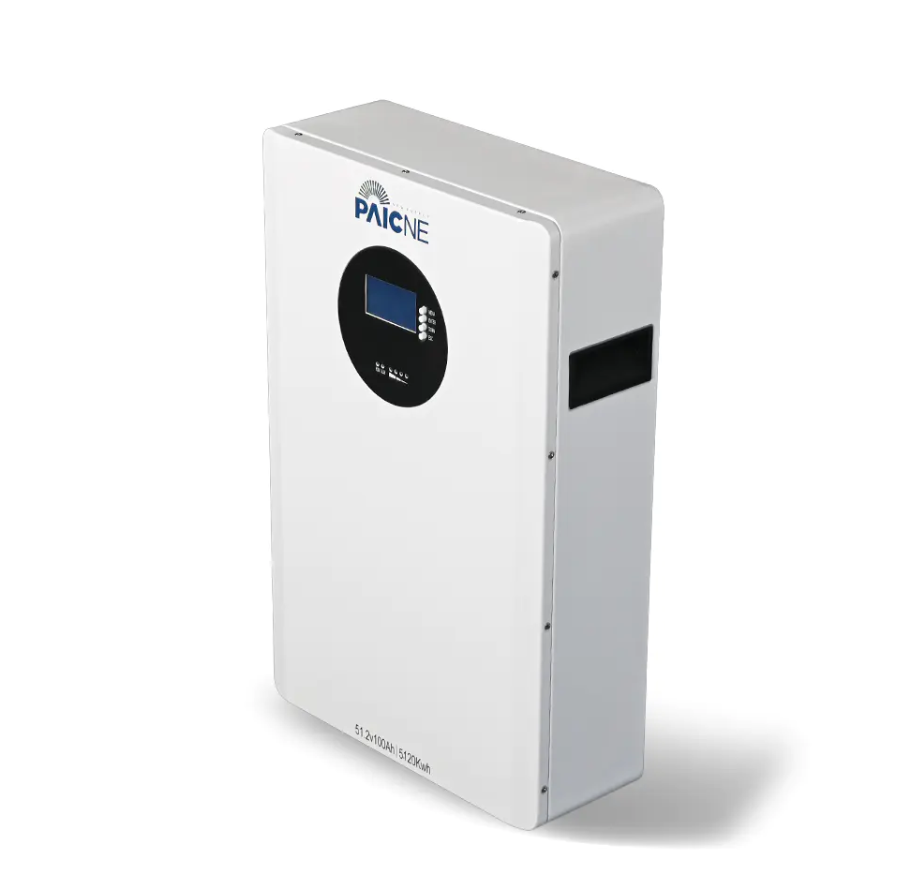Understanding the Thermal Response of Wall Mounted Battery Technology in Hot Environments

The performance of a wall mounted battery in high-temperature environments is a critical concern for users in regions with hot climates or indoor spaces lacking proper cooling. Like all energy storage devices, this type of battery is sensitive to temperature variations, and sustained exposure to heat can influence its efficiency, lifespan, and safety. Manufacturers of such systems recognize these challenges and implement both thermal design strategies and protective software mechanisms to ensure stable operation under elevated temperatures.
Under high ambient temperatures, the internal chemical reactions within battery cells typically accelerate. This can lead to increased energy loss through heat and reduce the overall charge/discharge efficiency. As the temperature rises, the battery may also experience higher internal resistance, which can further degrade performance. For lithium-ion-based wall-mounted systems, this means that while short-term function may not show immediate issues, the long-term effects can include faster degradation of capacity and reduced cycle life.
To counteract these thermal effects, modern wall-mounted batteries are equipped with thermal management solutions that regulate internal temperatures. These may include passive cooling elements like aluminum enclosures and heat-dissipating internal structures, as well as active cooling methods such as silent fans or thermal interface materials. The integration of a battery management system (BMS) plays a pivotal role by constantly monitoring internal cell temperatures. If the system detects excessive heat, it may reduce the charge/discharge rate or, in more extreme cases, temporarily shut down the battery to prevent damage.
Performance may also be intentionally reduced in high-temperature environments to preserve long-term functionality. For example, the BMS may apply derating, where the battery output is limited when ambient temperatures exceed a predefined threshold. This means the battery might not deliver full power during peak heat, but it avoids conditions that would permanently impair the cells. While this can result in a slight drop in available energy during very hot periods, it is a calculated trade-off to extend the usable life of the system.
The physical placement of the wall mounted battery also significantly impacts how well it handles heat. Installing it in a shaded, ventilated area rather than in direct sunlight or enclosed uncooled spaces helps maintain more favorable operating temperatures. Many manufacturers provide installation guidelines that specify optimal environmental conditions to avoid accelerated thermal wear.
Despite the heat-related challenges, high-quality wall mounted battery systems are designed to operate within a defined thermal envelope, typically around -10°C to 50°C. Within this range, most systems can perform reliably, provided thermal protections and cooling methods are properly functioning. In applications where ambient temperatures consistently approach the upper end of that range, choosing a battery model specifically rated for high-temperature performance is advisable.
In conclusion, while high temperatures can impact the efficiency and durability of wall mounted battery systems, thoughtful design, advanced thermal management, and careful installation allow them to perform reliably even in challenging environments. Users in hot climates should consider these factors when selecting and installing such systems to ensure optimal performance and long-term reliability.
Product Features:
1. Cabinet design
2. Multi-level parallel expansion
3. Long life
4. High safety
5. Environmental protection and energy saving
6. Flexible configuration
- Art
- Causes
- Crafts
- Dance
- Drinks
- Film
- Fitness
- Food
- Spiele
- Gardening
- Health
- Startseite
- Literature
- Musik
- Networking
- Andere
- Party
- Religion
- Shopping
- Sports
- Theater
- Wellness


